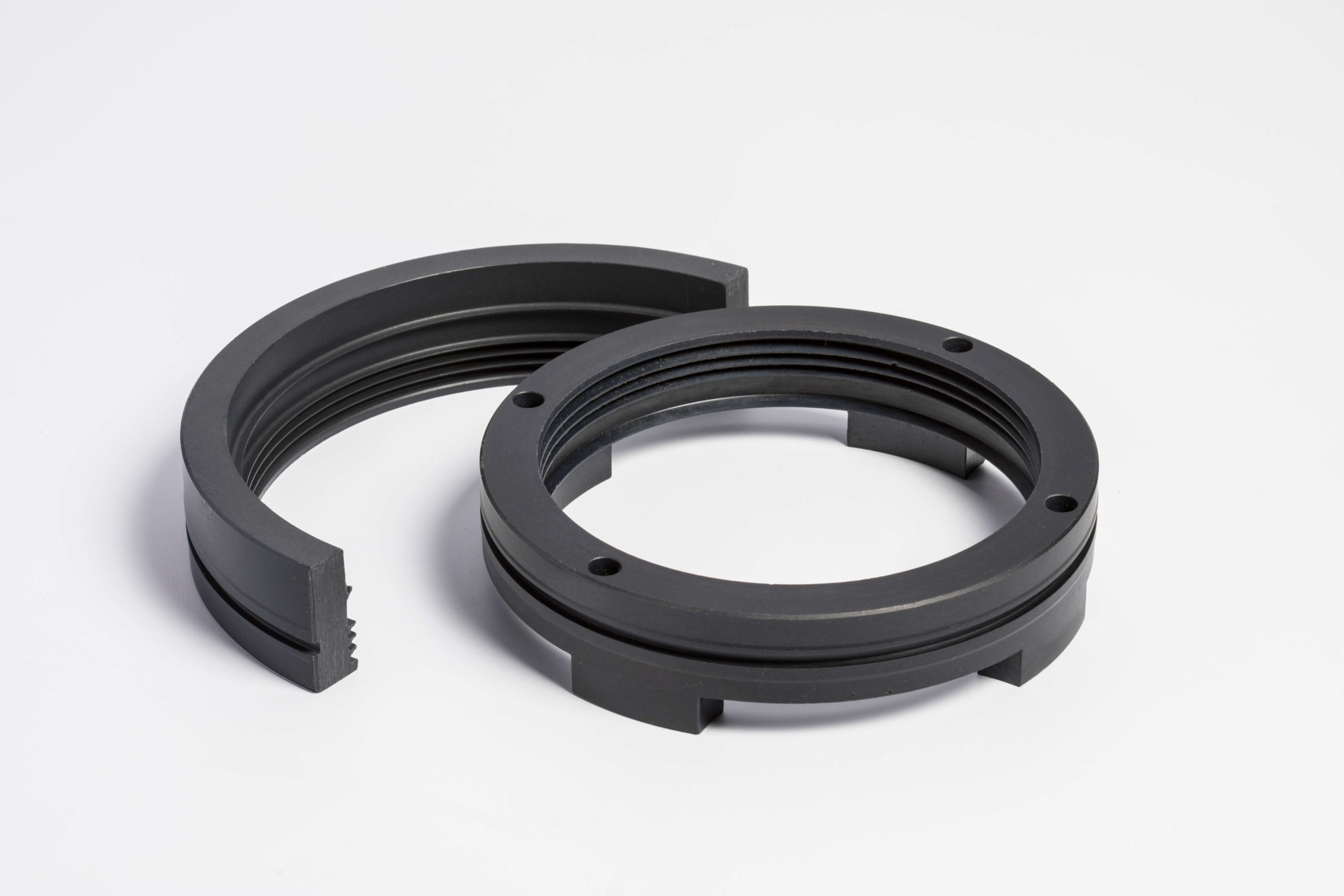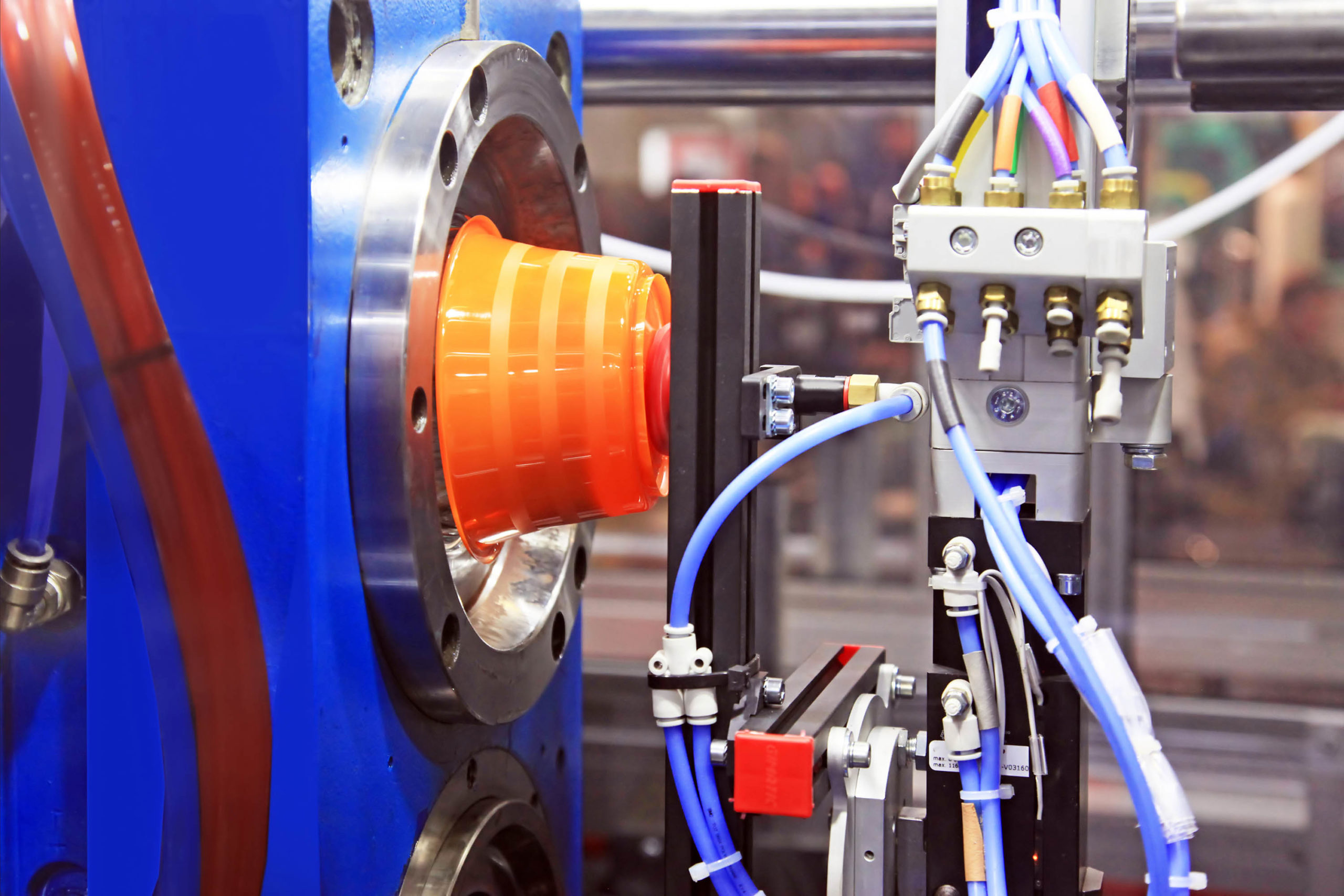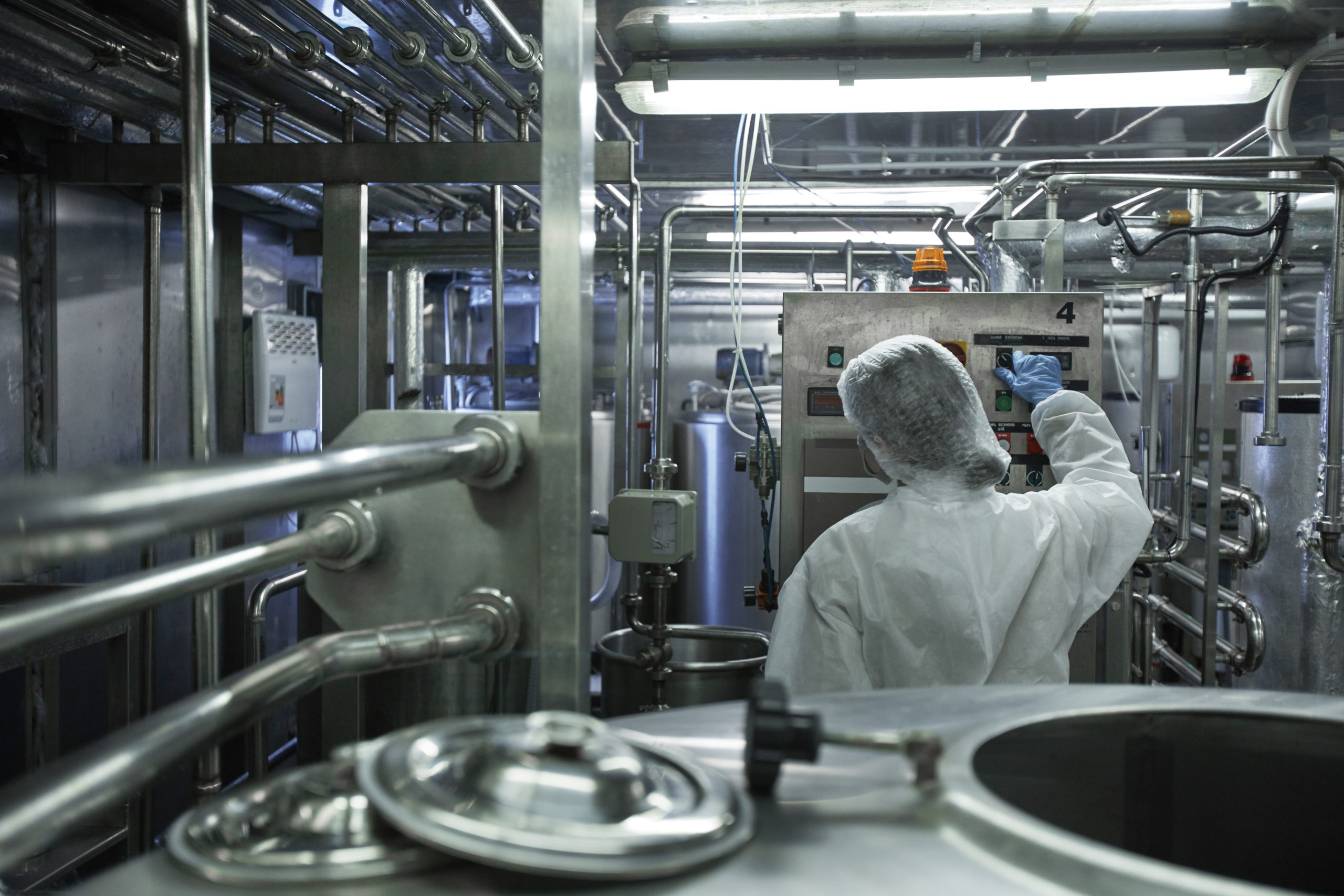High-performance fluoropolymers are incredibly vital for use in food and drink manufacturing industries. Setting them apart from general-purpose plastic such as PVC and PE, fluoroplastics enjoy a range of unique properties:
- Thermal: Resistant to very low and very high working temperatures
- Chemical: Total resistance to chemicals and solvents
- Mechanical: Low friction, non-stick characteristics and tensile strength
- Environmental: Resistant to weather, UV light and corrosion
- Health: Non-toxic and high purity
Fluoropolymers such as PTFE (Polytetrafluoroethylene), FEP (Fluorinated Ethylene Propylene) and PFA (Perfluoroalkoxy Alkane) bring an abundance of benefits to the food and drink production, from cooking equipment to food coverings, conveyor belt rollers, UV lamp coatings, temperature sensor casing and non-stick surface covers. Because of this, fluoropolymers have kept products uncontaminated, workers safe and production running smoothly for years now.
In this week’s blog post, we will discuss the various ways the fluoropolymers are used in the food industry.
Beverage Dispensing
The requirement for a biologically harmless tubing product coupled with intermittent high temperatures over a long period of time present a challenge for hot beverage dispensing machines. Fluoropolymers such as PTFE and FEP are used as a tried and tested, FDA, NSF and EU compliant solution. Build of residue is greatly reduced due to the smooth internal surfaces provided by fluoropolymer materials. Not only are they FDA compliant, but they are low maintenance as well!
Food Packaging
In packaging and processing food, it is extremely important that the materials used are safe. As such, fluoropolymers such as PVDF, or Polyvinylidene Fluoride Fluoropolymer, are highly regarded in the food packaging industry for a variety of reasons. First, they are incredibly stable materials, and highly resistant to most chemicals, mineral acids, organic acids and other food preservatives. In addition, they are non-toxic and resistant to bacterial and fungi growth.
PVDF is particularly useful in food processing industry due to its unique chemical resistance when temperatures go as high as 300 degrees Fahrenheit (or around 149 degrees Celsius).
PTFE Coatings
With the invention of PTFE, also known as Teflon, non-stick and low friction coatings have played a vital role across the food industry.
For years, PTFE has been used as a coating for cooking applications where particularly sticky or abrasive products are used, such as commercial waffle irons, bread pans, mixers and beaters, hoppers, dough rollers and blades. This allows them to function much more effectively, and the use of oils or other release agents can be substantially reduced or even eliminated.
With ease of use also comes ease of cleaning, and PTFE coating can reduce the intensity and frequency of the cleaning process. It also acts as a hygienic barrier between the food and the surface of the component. These combined save significant employee time and effort, which ultimately reduces labor costs, saving both time AND money.
Belt Conveyors
In the cooking and food processing industries, belts and conveyers made with PTFE coatings are used for mass-produced foods such as bacon, chicken, hamburgers and eggs.
Because of its nonstick properties, the PTFE coating allows food to easily come off, with little mess. This facilitates a high volume of production for commercial food processors.
Industrial Bakeware
Fluoropolymer coatings assure high-quality coating solutions for bakeware used by industrial bakeries. This helps bakeries not only drive efficiency, but also improve the hygiene and safety of their operations. It also improves the quality of the final baked product, with less waste and less butter and/or grease used to keep the product from sticking to the pan.
Home Cookware Manufacturing
We have talked about how fluoropolymers are across the commercial industry, but they are just as equally prevalent in our homes as well.
The use of nonstick pans has been popular in homes since the 1950s, when a French engineer begun coating his fishing gear with Teflon to prevent tangles. His wife then suggested using the same method to coat her cooking pans. In 1956 the Tefal company was formed and began manufacturing non-stick pans.
And nonstick cookware is popular to manufacture as they can be machined and coated relatively easily.
Other Uses
As discussed, fluoropolymers have many uses in the food industry, and many more that we did not cover. Some of these include
- Shatterproof Coatings for Heat Lamps
- Encapsulated Temperature Sensors
- FEP Roll Covers
- Laser Marked and Printed Tubes for Identification
- And more!
In Conclusion
With the strength and versatility of fluoropolymers, it is no wonder that it is such a popular material within the food and drink industries.
Because of its high temperature and chemical resistance, nonstick and non-toxic surface, many health organizations have recognized it’s inherit value and, as such, have made fluoropolymers the gold standard within the food industry.
To learn more about fluoropolymers, visit our page by clicking the link here. And if you need PTFE sealing solutions, contact us today!










